Common Feeding Mistakes in Goat Farming (and How to Fix Them)
This guide outlines the most common feeding mistakes in goat farming and, more importantly, how to avoid or fix them.
Livestock nutrition directly impacts growth, health, and profitability. This category covers feeding strategies, balanced rations, forage systems, alternative feeds, and modern innovations in animal nutrition. Learn how to improve feed efficiency and cut costs while meeting the dietary needs of cattle, poultry, goats, fish, and other animals.
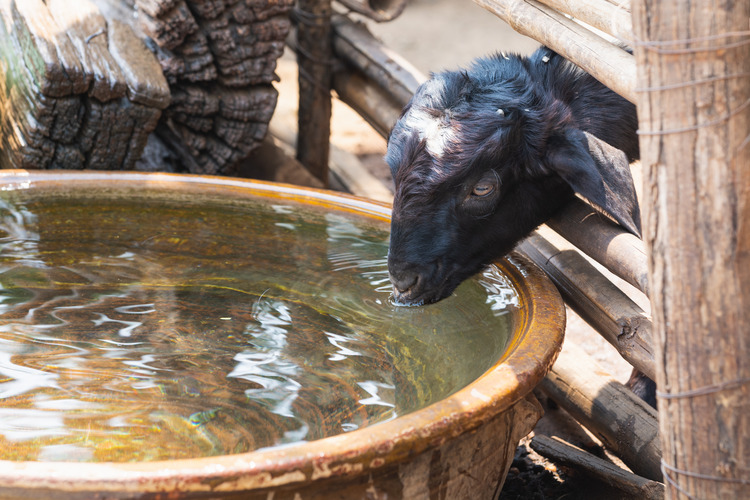
This guide outlines the most common feeding mistakes in goat farming and, more importantly, how to avoid or fix them.
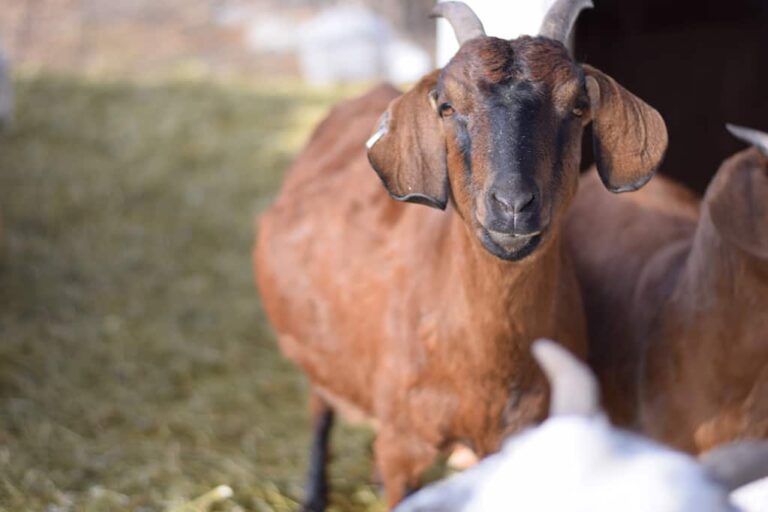
This article explores how to meet the specific nutritional needs of pregnant and lactating does, with a focus on practical feeding strategies.
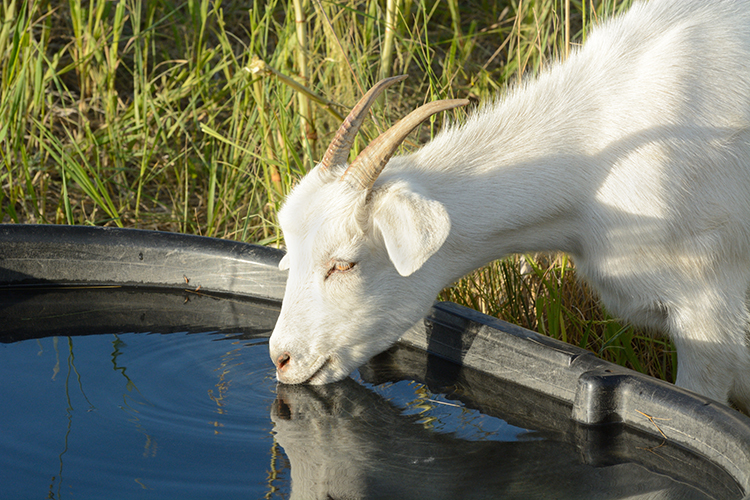
On average, an adult goat needs between ½ gallon to 2 gallons (2–8 liters) of water per day, depending on several factors.
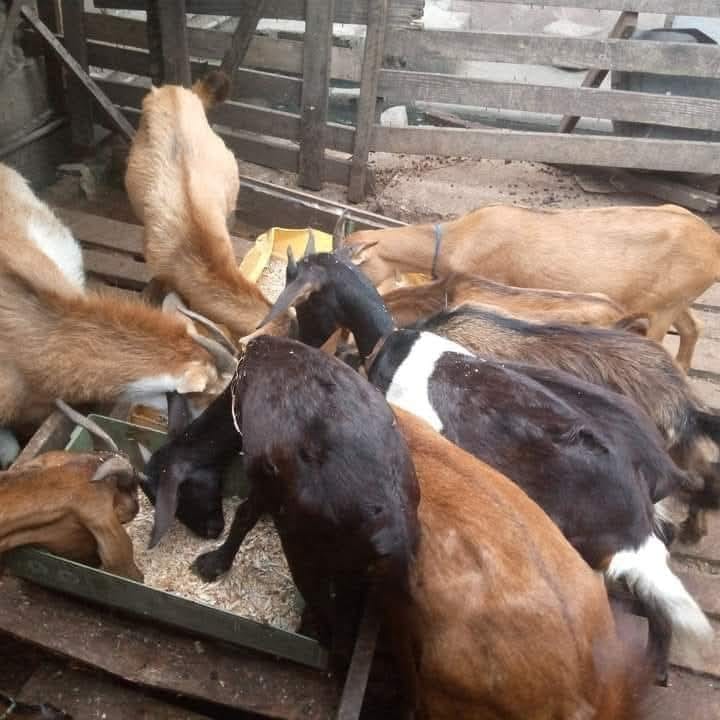
This comprehensive feeding guide helps you understand how to feed your goats properly at every stage of life, maximizing performance while managing costs effectively.
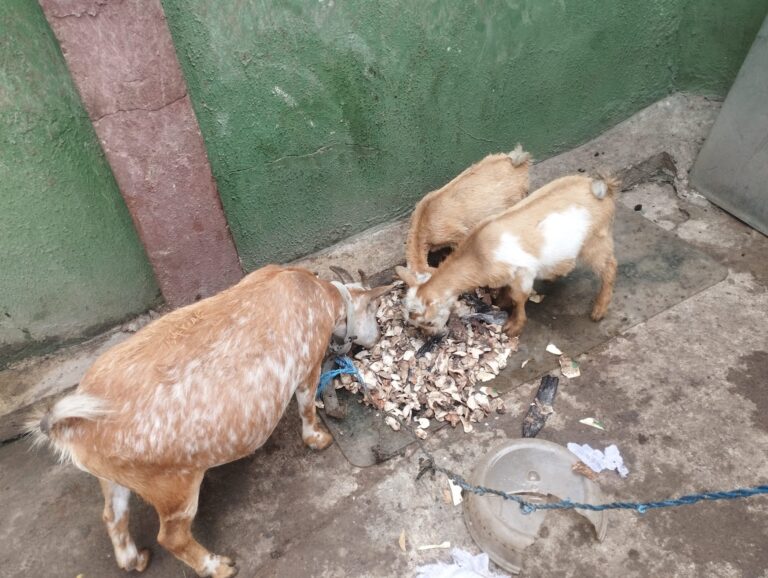
Homemade feeds allow you to tailor nutrients to your goats’ needs, take advantage of local ingredients, and keep your operations cost-effective without compromising on health or growth.
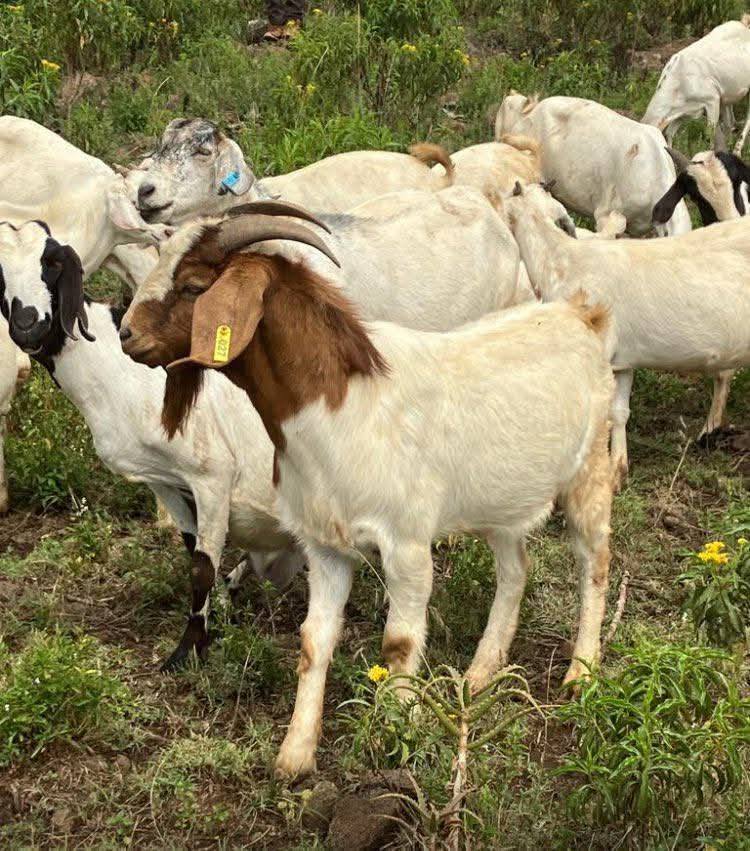
The best goat pastures are diverse, well-managed, and responsive to seasonal changes. A mix of high-quality grasses, legumes, browse, and herbs gives your goats the nutrients they need.